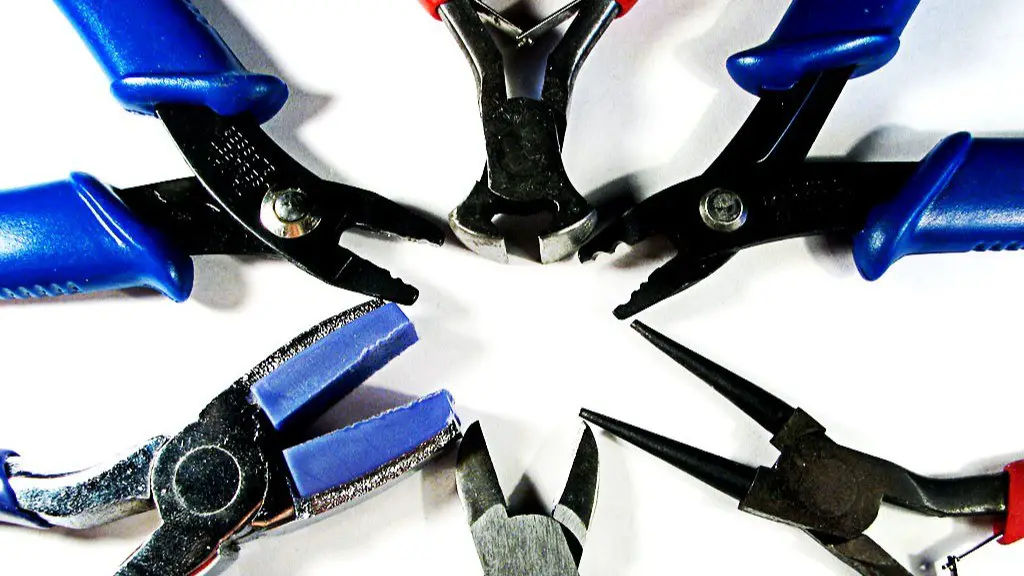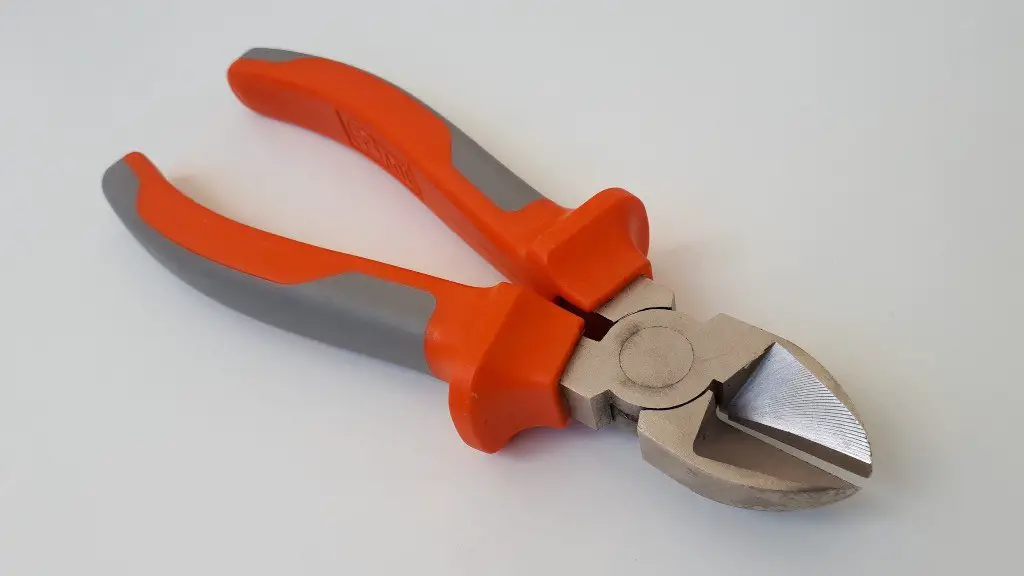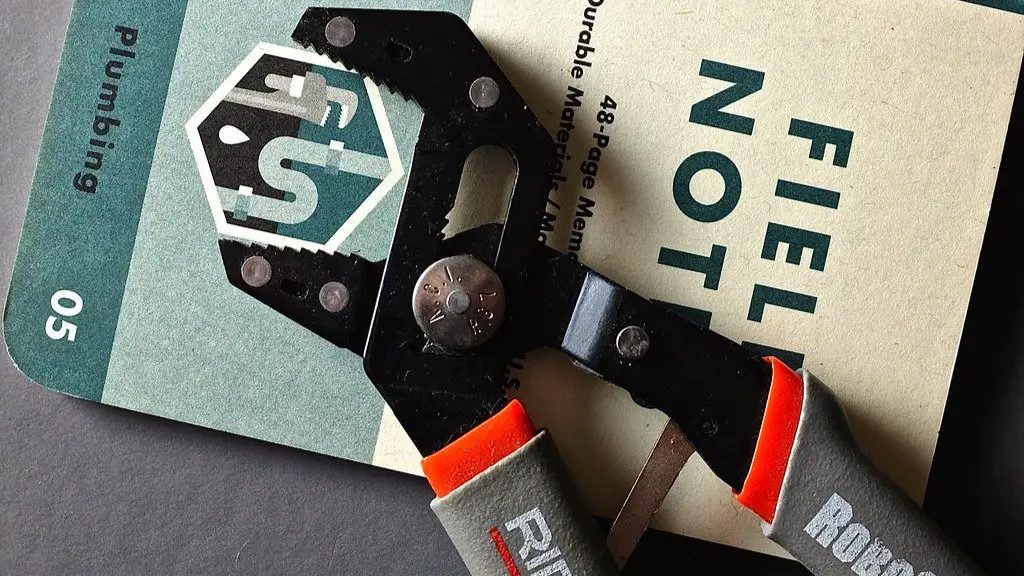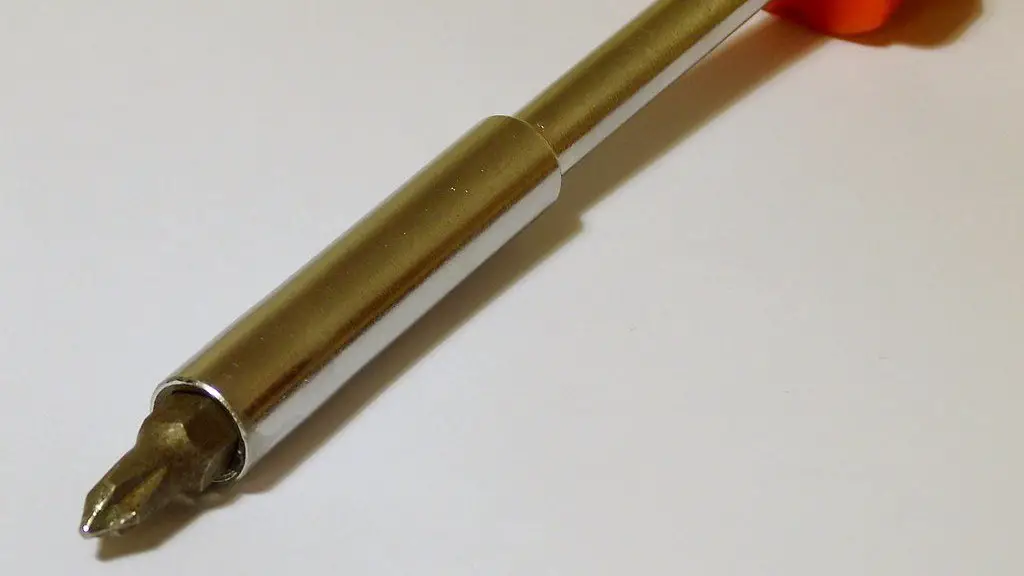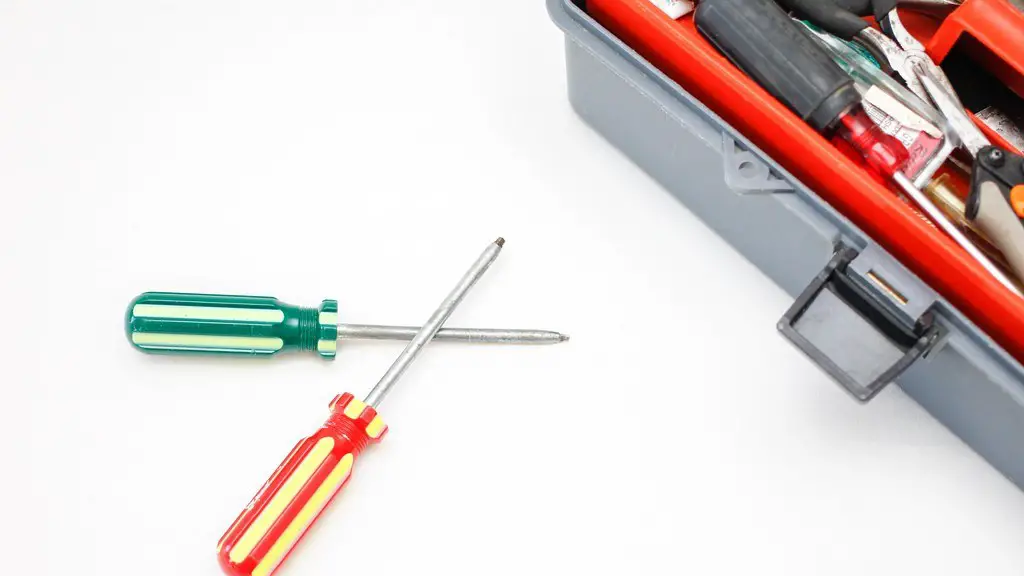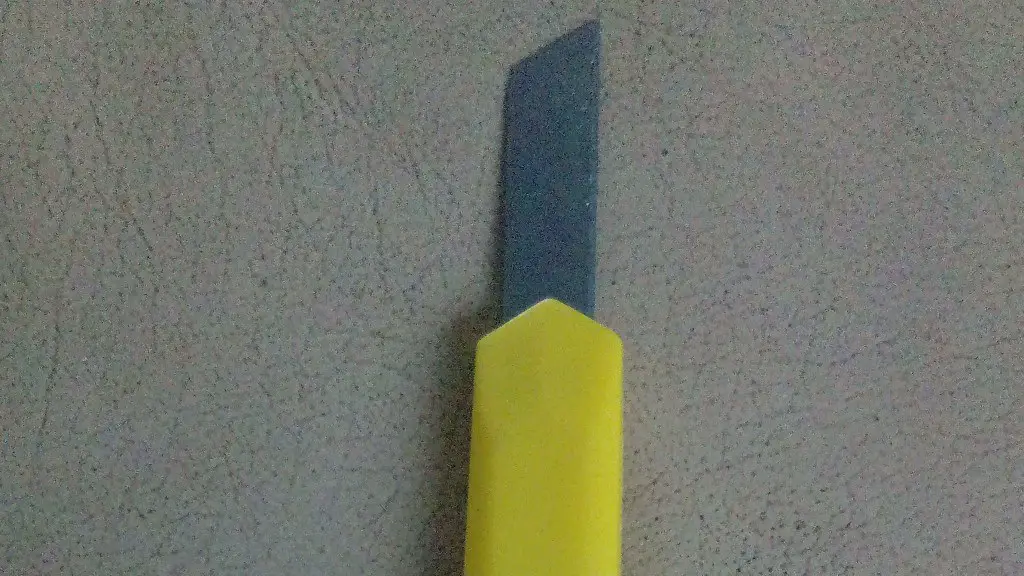Cutting pliers are one of the most useful tools that you can have in your toolkit. Whether you need to cut through wire, cable, or even metal, cutting pliers can make the job a whole lot easier. In this article, we’ll show you how to use cutting pliers so that you can get the most out of this versatile tool.
Cutting pliers are useful for a variety of tasks, from trimming wires to cutting through tough materials. To use cutting pliers, simply position the jaws of the pliers around the item you wish to cut and squeeze the handles together. The cutting blades will do the rest.
How do cutting pliers work?
Diagonal cutters are a type of pliers that are used to cut wire. They have two cutting edges that are set at an angle, which allows them to cut through wire without damaging it. Diagonal cutters are also known as side cutters, flush cut pliers, side cutting pliers, wire cutters, and diagonal cutting nippers.
Grip the handles of the combination pliers and position the flat parts of the jaws around the item you wish to grip. Close the jaws to grip the item.
What are cutting pliers typically used for
End-cutting pliers are a great tool for cutting nails, wires, rivets, and bolts. The almost flat head design allows the user to get flush with the surface to cut the object, without digging into it. The most popular sizes are 7″ & 8″.
When using pliers, always hold them in your dominant hand so that your thumb is on top of one end of the handle and your other fingers fit around the other end. This will help you to control the tool when making your cuts. If you hold the tool incorrectly, you may slip when making your cut, which could result in injury or damage to the wire.
What are the common mistakes of using pliers?
There are a few things to keep in mind in order to avoid abusing or misusing your pliers. First, never expose them to excessive heat as this can damage the tool. Second, when cutting wire, avoid bending it too sharply with the tip of the pliers as this can also damage the tool. Finally, when cutting wire, avoid rocking the pliers side to side; instead, make a clean cut in a single motion.
Pliers are a type of hand tool that are used to grip, compress, or cut objects. They work on the principle of a lever, with a long grip relative to the shorter head, which provides and concentrates the mechanical advantage to grip, compress, or cut the work piece. Pliers differ from scissors in that the head closes in compression and not in shear.
What are the two important rules for using pliers?
Some safety tips to keep in mind when using pliers and wire cutters include:
-Wearing safety glasses or goggles, or a face shield (with safety glasses or goggles) to protect your eyes from flying particles, pieces of wire, etc.
-Cutting at right angles to avoid injury from the cutting edge.
-Keeping your fingers well away from the cutting blades.
-Not forcing the tool to cut through the material – let the blade do the work.
-Inspecting the tool before use, and replacing dull or damaged blades.
Different cutting tools are made from different materials, each with its own properties that make it well suited for certain applications.
Carbon tool steel is a common material for cutting tools, and is known for its durability and high cutting speed.
High speed steel tool (HSS) is a more expensive material, but is able to maintain a sharp cutting edge even at high speeds.
Cemented carbide is a very hard material that is resistant to wear, making it ideal for cutting tools that are subject to heavy use.
Ceramics tool are made from a durable material that can withstand high temperatures, making them ideal for cutting heat-sensitive materials.
Cubic boron nitride Tool (CBN) is a very hard material that is able to retain a sharp cutting edge even at high temperatures.
Diamond tool are the hardest known material, making them ideal for cutting very hard materials.
What should pliers not be used for
Pliers are a type of hand tool that are used for various purposes such as gripping, cutting and so on. However, one should avoid using them for purposes for which they were not designed such as loosening or tightening nuts. Wrenches are better suited for such tasks. Additionally, one should also avoid using pliers when any other tool would suffice.
Cutting tools are used to remove material from a workpiece in order to shape or finish it. There are many different types of cutting tools, each designed for a specific purpose. Some of the most common cutting tools include single point turning tools, drills, milling cutters, and more.
How do you cut metal with pliers?
This is a note about getting rid of something that is across the room.
The wire cutting machine is a great tool for making fine cuts and intricate shapes. The machine works by sending a current between the wire and the workpiece, causing millions of sparks to fly. These sparks generate heat, about 15,000 degrees Fahrenheit, which is enough to melt away microscopic bits of the workpiece.
What is the difference between diagonal and side cutting pliers
There are a few key differences between diagonal cutters and side cutters that are worth noting. Firstly, diagonal cutters tend to be more durable and hard-wearing, designed for tough professional applications. Additionally, they are often better suited to smaller, more delicate cutting tasks, whereas side cutters are ideally suited to larger-scale applications. Keep these distinctions in mind when choosing the right tool for the job at hand.
The screwdriver is the most commonly misused tool. You likely have a number of them in your tool box, and several others around the house. They are versatile and handy to have, but they are also designed for one purpose: installing and removing screws. That is it.
Can you hurt yourself with pliers?
There are many different types of pliers available on the market, each with their own unique purpose. However, the most common type of plier-related injuries involve lacerations to the hands and fingers. Because of this, it is important to be aware of the dangers of using pliers and to take precautions to avoid injury.
Make sure you are aware of any problems with the tools you are using. Chisels and wedges with mushroomed heads can split or crack the handle. A chipped or broken drill bit can cause serious injury. Wrenches with worn out jaws can cause the tool to slip and cause injury. Tools which are not complete, such as files without handles, can be dangerous to use.
Which is the best cutting plier
There are a lot of great wire cutters out there, but our pick for the best is the Channellock E337CB Diagonal Cutting Plier. These pliers are strong and can make quick work of even the thickest wires. They also have comfortable grips that make them easy to use.
If you’re looking for a great wire cutter on a budget, then the Irwin Vise-Grip 2078307 7-Inch Diagonal Cutting Pliers are a great choice. These pliers are made with quality in mind, and they’re very affordable.
If you’re looking for a wire cutter with some great features, then the Bahco 2101G-160 Ergo Cutting Pliers are a great choice. These pliers have a built-in wire stripper and cutter, and they’re also very comfortable to use.
Lastly, if you’re looking for a top-quality wire cutter, then the Klein 11054 Wire Stripper-Cutter is a great choice. This cutter is made with precision in mind, and it can handle even the thickest wires with ease.
Diagonal pliers are a great tool for cutting wire. They are much sharper than regular pliers and can easily cut through thicker wire. Be careful when using them, as they can also easily cut through your skin.
Warp Up
Cutting pliers are one of the most basic and versatile tools used in woodworking. Their primary function is to cut wood, but they can also be used to grip, pull, clamp, and even measure. Here are some tips on how to use cutting pliers:
1. When cutting wood, always use a sharp blade. A dull blade will cause the wood to splinter and tear, making the cut more difficult and dangerous.
2. Always use cutting pliers designed for wood. Metal cutting pliers will damage the wood and may cause injuries.
3. When cutting, grip the wood tightly with the cutting pliers and make sure the blade is aligned with the line you want to cut.
4. Apply steady pressure as you move the blade along the line. Avoid sawing back and forth, as this will cause the wood to bind and may break the blade.
5. When cutting curves, follow the contour of the wood with the blade. This will give you a cleaner, smoother cut.
6. After cutting, always check the cut for splinters or sharp edges. Use a file or sandpaper to smooth any rough edges before continuing.
Cutting pliers are an important tool for anyone who does a lot of work with metals or wiring. They can make quick work of cutting through thick materials, and they can also be used to strip insulation from wires. When using cutting pliers, it is important to use the right size and type of pliers for the job at hand. Otherwise, you may damage the material you are working with or even injure yourself.
